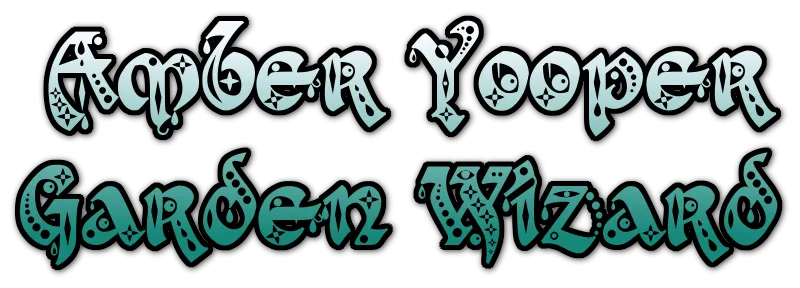Hello, hivers! Welcome to my garden!
I started out yesterday with a plan to clean up and prepare my raised beds for planting. I wanted them to be ready when the time comes to plant whatever ends up being planted in them. It didn't take all that long to clean them up because there wasn't very many weeds growing in the beds. I had dumped some bags of worm castings on the beds last fall, so I wanted to mix them into the dirt, and then just level off the beds so they were ready for planting.
The taller bed worked up nicely. I have chicken wire around the first section of the bed because I planted carrot seeds in there in April, and I wanted to keep our cats from digging in the bed to poop and disturbing the carrots. The carrots are about an inch or so tall now.
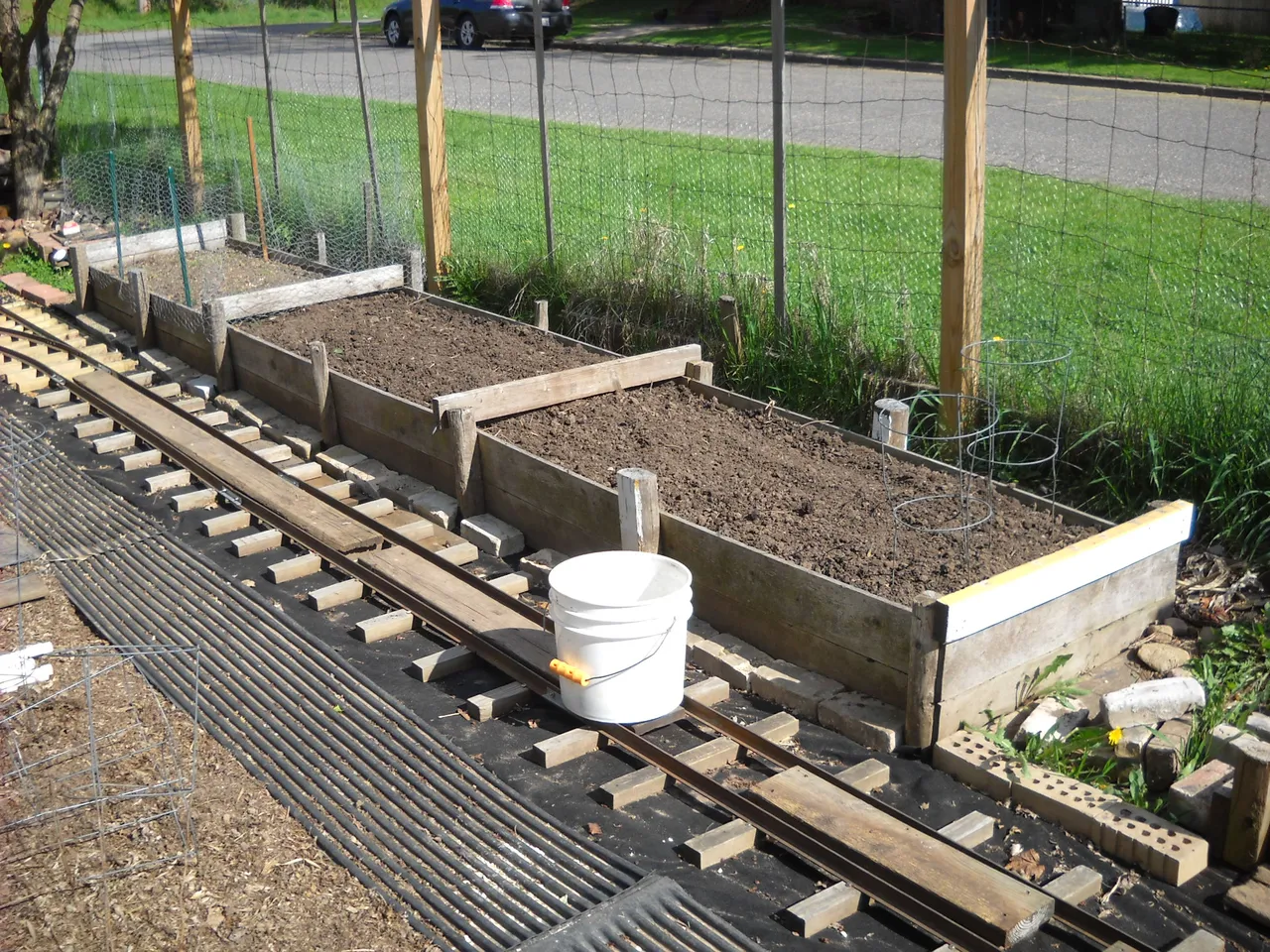
The low bed didn't need much work at all to be ready to plant.

I've been bringing my extra tomato plants outside every day to get them conditioned to being outside. That way there's not as much transplant shock when I put them in the garden.
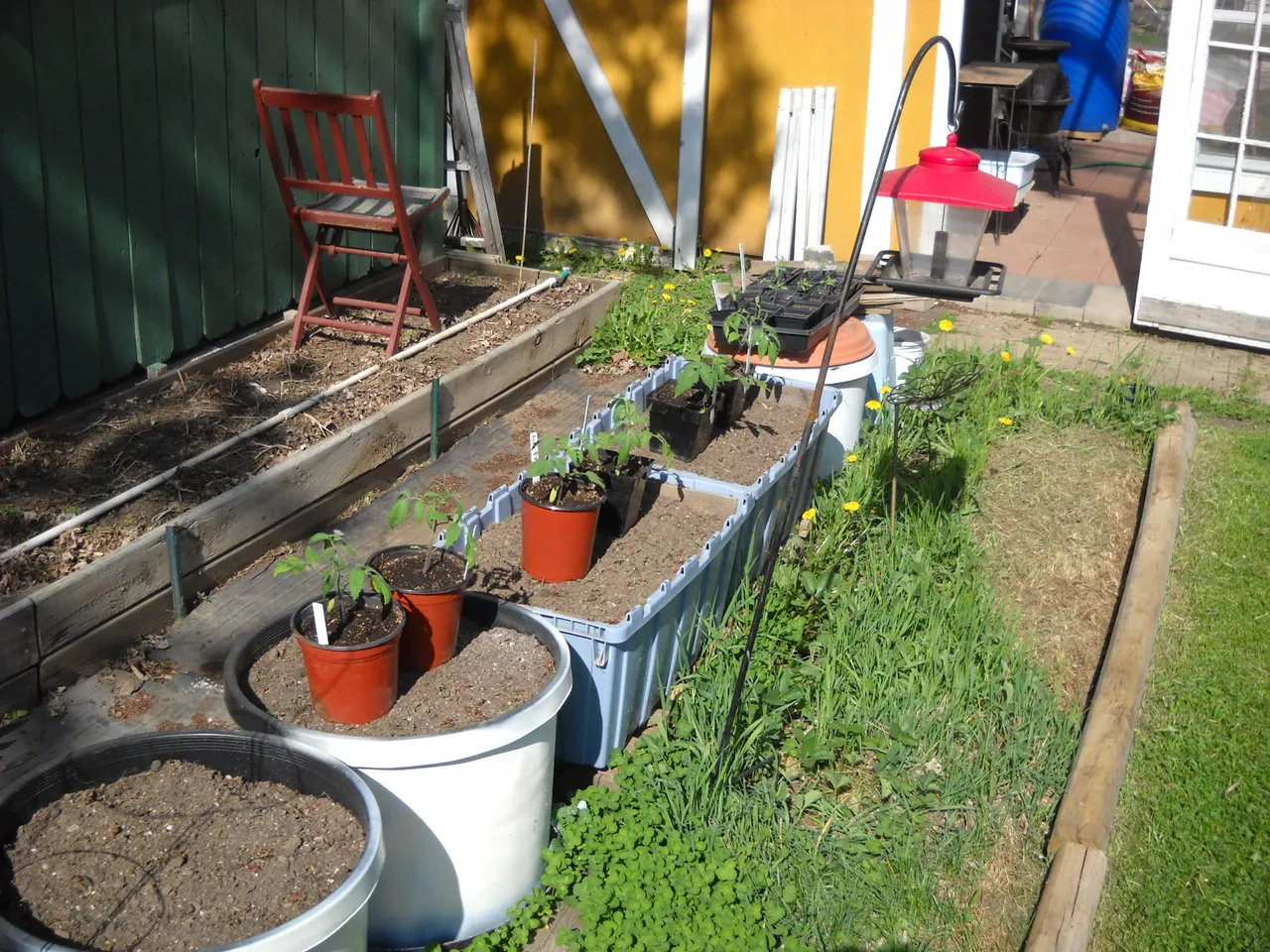
Since it was such a nice day, and there are no frost nights in the forecast for the rest of the month, I decided that I might as well go ahead and plant a few of the largest tomato plants in the garden. I decided that I wanted to plant 4 of the big plants in the low raised bed. There's never been tomato plants in that bed before, so it's less likely to have tomato blight in the soil.
Transplanting tomato plants into the garden is a simple process. You dig a hole where you want the tomato plant, slide the plant and it's dirt out of the pot it was in, put that in the hole, and cover it up. Some people like to plant their plants deep because they'll grow more roots, but if the plant is not long and spindly, you don't really need to do that. I added a bit of Mykos to each hole to help the roots get established faster. Mykos is a brand name of a mycorrhizal inoculant, which is a type of fungus that is natural to the soil and beneficial to root systems.
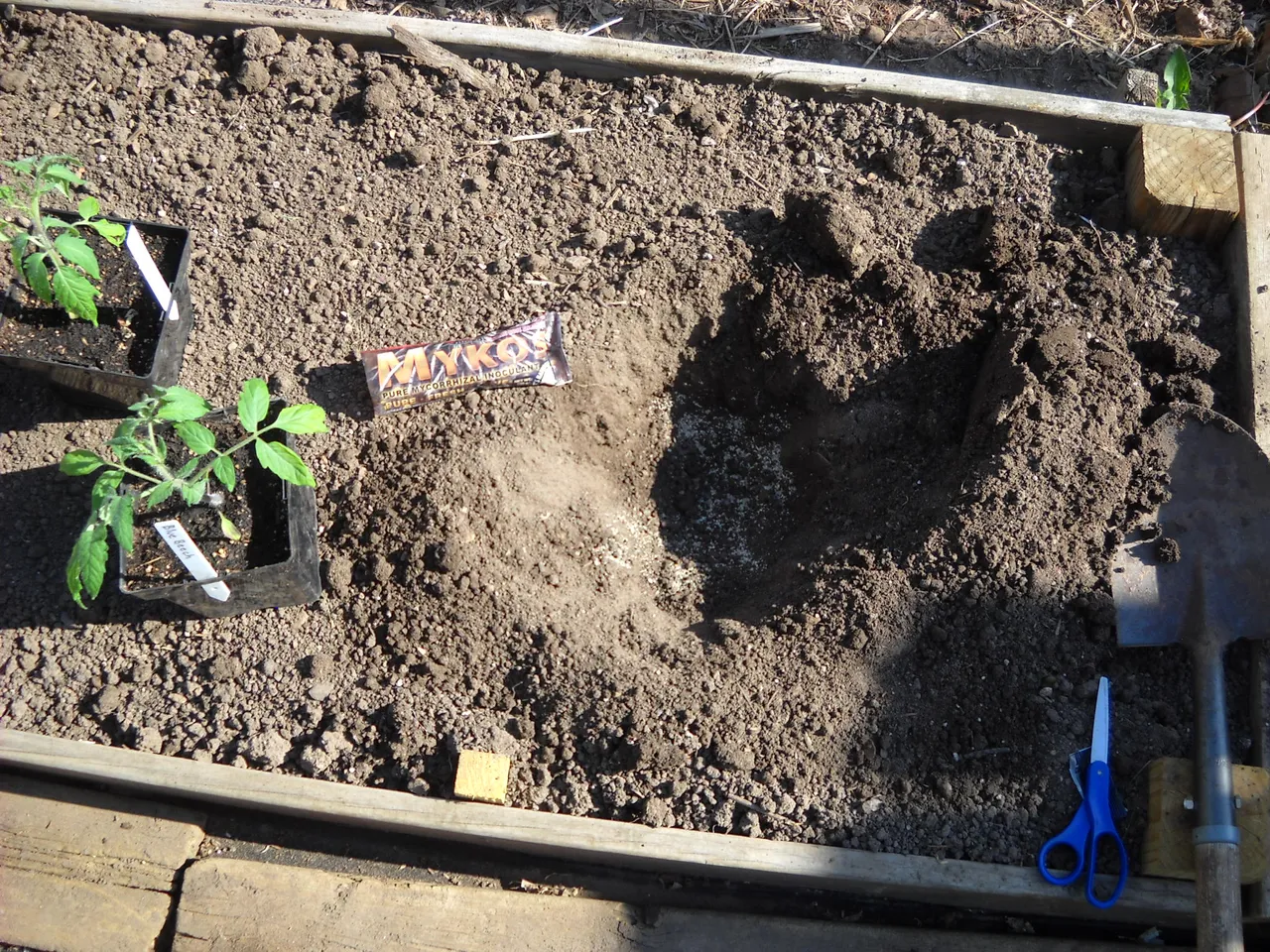
It doesn't take very long to transplant 4 tomato plants.
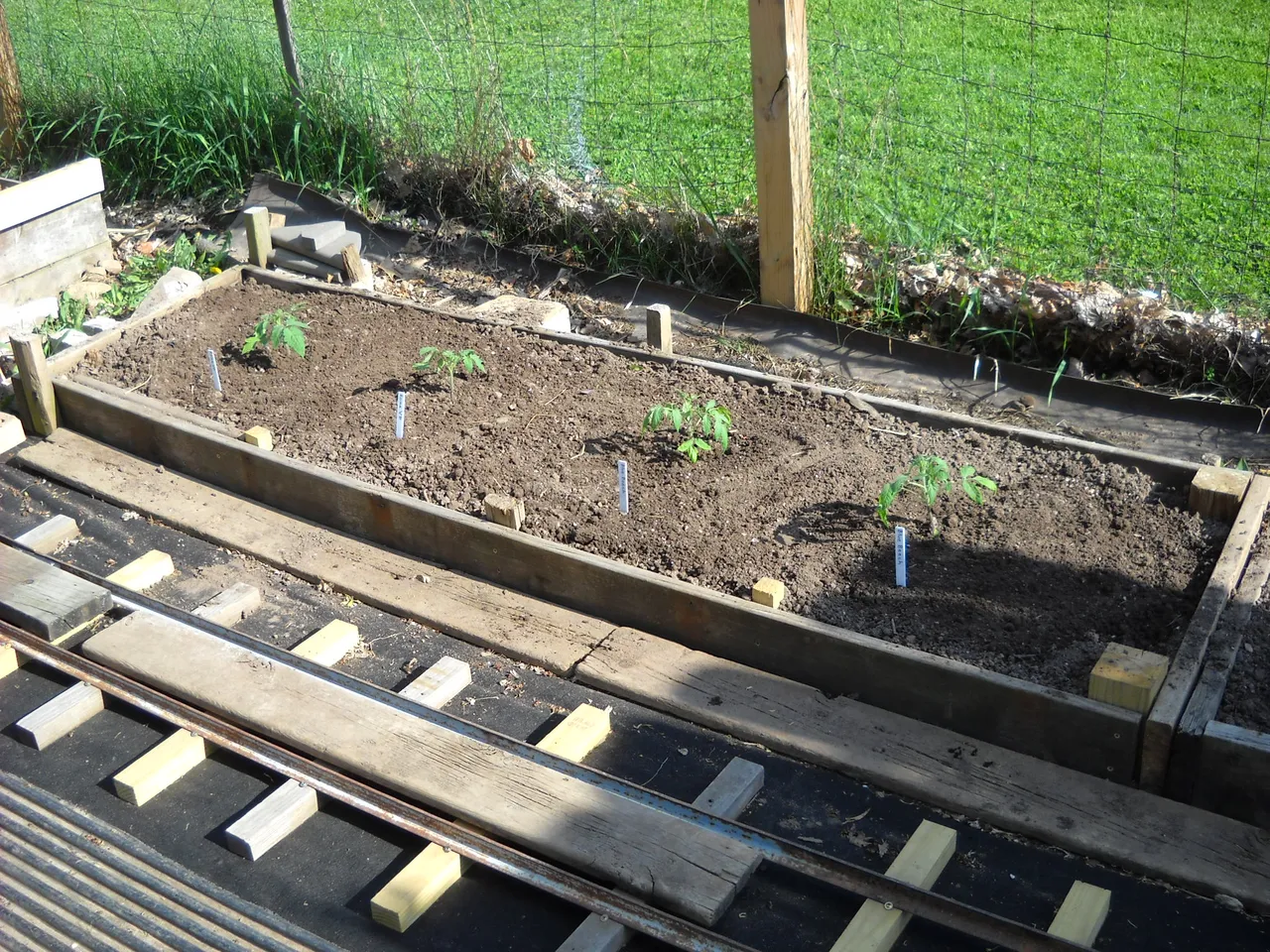
Once I had the 4 plants in the ground, I put my new "tomato craters" around the stem of the plants, and then the tomato cages.

The tomato craters keep the weeds from growing around the base of the plants, and are also supposed to help keep cutworms away from the plants. They have holes in the bottom to let water through, and also help a bit to hold moisture in the soil.
I've been hearing about these things, and other similar things, for a few years, and finally decided to give them a try. According to research, the red color is supposed to be helpful to the plant by reflecting the color up into the plant.
The tomato crater is designed as 2 pieces that snap together to form a circle, with a hole in the middle big enough for a large stem. They come in packages of 3. I bought 2 packs to give them a try, and I also bought a roll of red sheet mulch to try in the garden. The tomato craters are not cheap, but they're heavy duty, re-usable, and should last for many years. I might order a couple more sets to use, since I have a lot of tomato plants to plant. These are also supposed to work well for pepper plants.
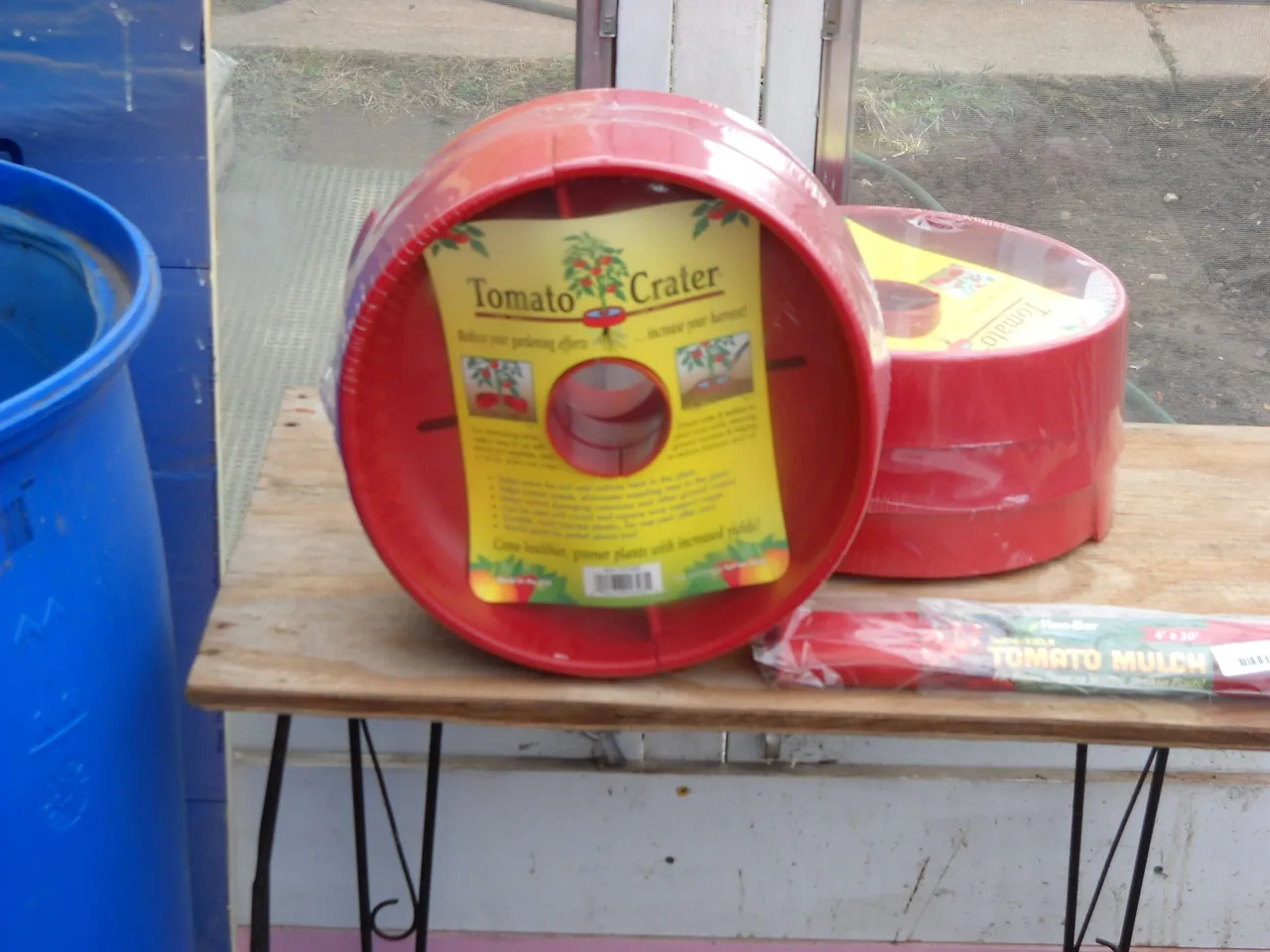
That's all I have for this post, thanks for checking it out
